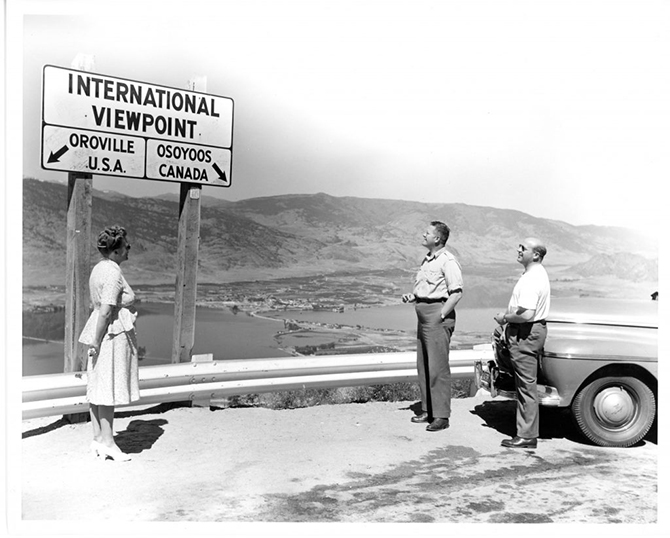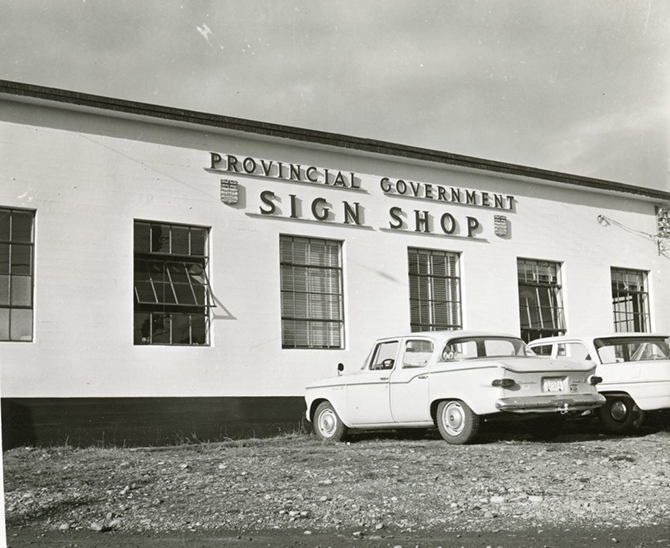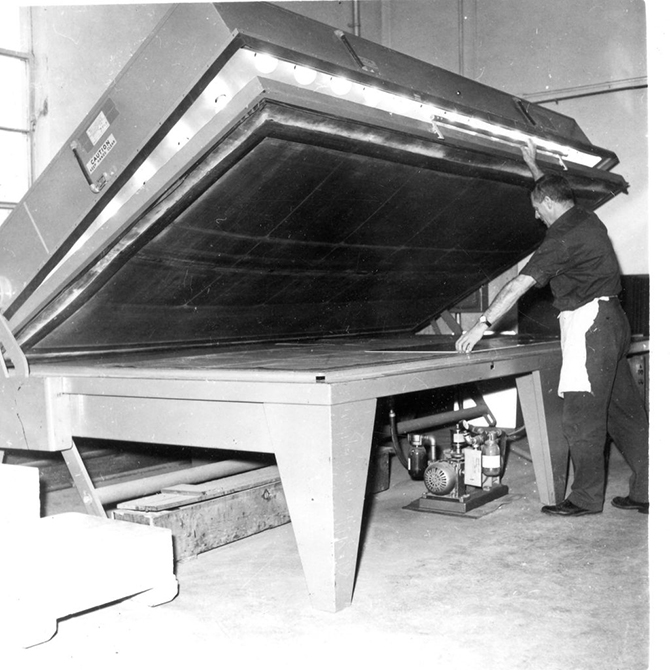Elevate your local knowledge
Sign up for the iNFOnews newsletter today!
Sign up for the iNFOnews newsletter today!
Selecting your primary region ensures you get the stories that matter to you first.

As you’re driving British Columbia highways on this last long weekend of summer, take a moment to ponder the province’s vast number of highway signs.
It would be pretty difficult to navigate the province’s roads without them. The province has more than 300,000 highway signs which are an essential tool to communicate warnings, regulations or guidance, and they must be clear, concise and easy to read at a glance.

Highway signage has come a long way since the early days of motoring in British Columbia, according to the ministry of transportation.
In the early days, highway signage was inconsistent and poorly produced. It was often neglected, which led to non-standard and inconsistent designs and messages, but that began to change after the Second World War.

The provincial government established the sign shop in 1949 to ensure the province had a uniform, quality standard for all signage on B.C. highways.
Production included hand-painted and screen painted signage, produced out of a state of the art plant in Langford until 1988 when the sign shop was privatized and purchased by its employees.
The sign shop reverted back to the Ministry of Transportation in 1995 and was relocated to Kamloops. In 2001, the provincial sign shop was rebranded as the Provincial Sign Program.

Nowadays the provincial sign program provides design and procurement services for government ministries, B.C. Ferries, airport authorities and the federal government. Sign manufacturing is now provided outside government through a competitive bid process.
Sign costs vary by size and type, Ministry of Transportation and Infrastructure spokesperson Danielle Pope says. Sign replacement and installation costs are included within maintenance agreements and funding is also provided by preservation programs.
The province’s sign program is considered a leader by many in the industry today, TranBC says.

To contact a reporter for this story, email Steve Arstad or call 250-488-3065 or email the editor. You can also submit photos, videos or news tips to tips@infonews.ca and be entered to win a monthly prize draw.
We welcome your comments and opinions on our stories but play nice. We won't censor or delete comments unless they contain off-topic statements or links, unnecessary vulgarity, false facts, spam or obviously fake profiles. If you have any concerns about what you see in comments, email the editor in the link above.
News from © iNFOnews.ca, . All rights reserved.
This material may not be published, broadcast, rewritten or redistributed.

This site is protected by reCAPTCHA and the Google Privacy Policy and Terms of Service apply.
Want to share your thoughts, add context, or connect with others in your community?
You must be logged in to post a comment.